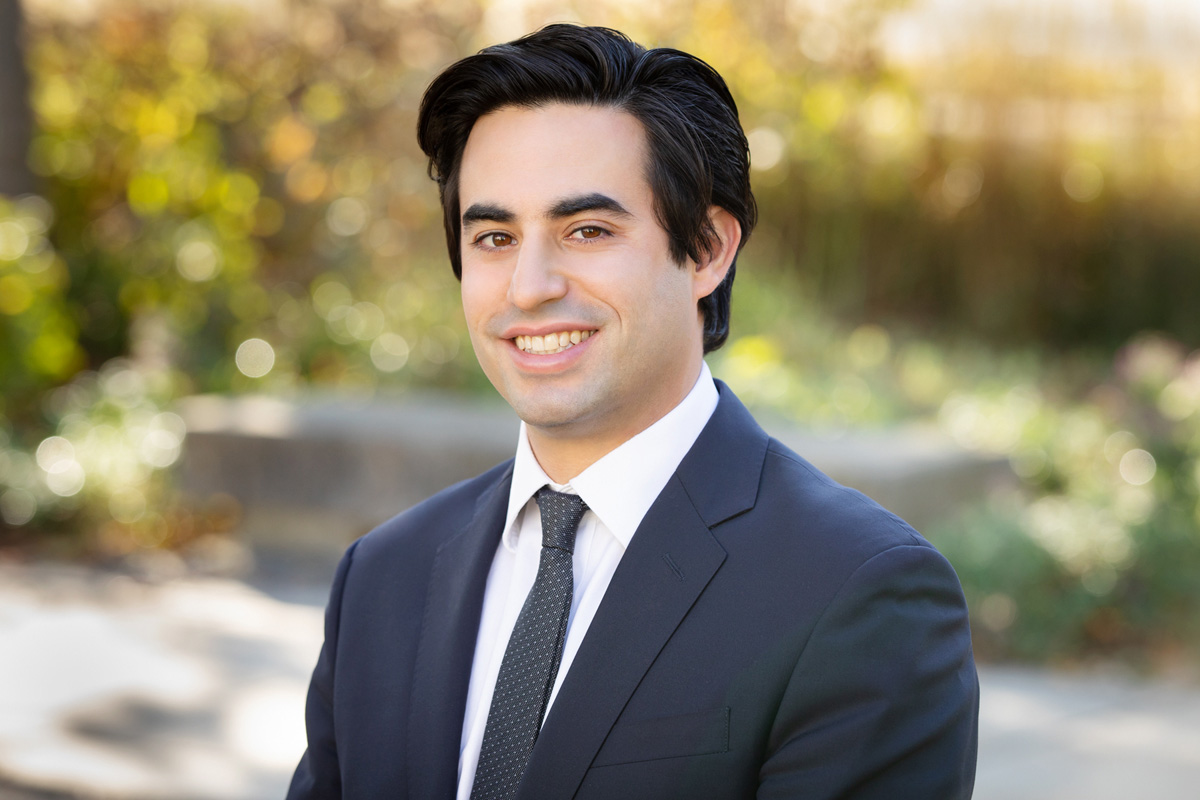Valuable antibody patents vulnerable to overly broad doctrinal shift in patent law
A new paper co-written by a University of Illinois Urbana-Champaign legal scholar who studies intellectual property protection for advanced biotechnologies advocates for a middle ground in patent claims involving antibodies, the backbone of modern bioscience.

Antibodies constitute a $145 billion annual market – an amount projected to almost double by 2026, which renders the patents covering them among the most valuable intellectual property in the patent system. But those patents are being struck down due to a recent shift by the U.S. Court of Appeals for the Federal Circuit aimed at strengthening two areas of patent law – enablement and written description – that are ill-equipped to deal with the molecular complexity of antibodies, said Jacob S. Sherkow (GSP), a professor of law.
Sherkow’s co-author is Mark A. Lemley of Stanford Law School.
“Given the improvement of antibody science as well as the advancement of our understanding of just how genetically diverse antibodies are, the federal circuit’s dramatic shift in the law of antibody patenting just seems like a poor fit,” Sherkow said.
Describing a complex molecule like an antibody atom by atom, which is tantamount to what the federal circuit’s doctrinal shift would compel those seeking patent protection to do, would be akin to “describing an F-15 fighter jet by its every nut and bolt,” Sherkow said.
“Immune receptor production, for example, is a semi-random and a galactically expansive process. It produces antibodies that are startlingly different in both structure and function,” he said. “All of this means there’s no good way to make claims over antibodies that would satisfy the court’s current tests. The science doesn’t readily allow what the court is asking for.”
Sherkow and Lemley said an old form of patent protection – means-plus-function claims and infringement by the equivalents – would better grant inventors effective control over true substitutes without giving them the power to block improvements by competitors.
“Means-plus-function claiming is a way of defining a new invention by the way it works, but with limits,” Sherkow said. “You can make a fairly broad claim, but you only get the exact thing that you describe in your patent. So you get to employ broad, expansive language, but you also need to describe, essentially, every way that it works, and you’re only limited to that description.”
The federal circuit’s change in jurisprudence is a legitimate reaction to the long-standing practice of claiming antibodies in functional terms, which can lead to overbroad patents that stifle future innovation, similar to what happened in the software industry in the 1980s and 1990s. But applying the federal circuit’s current reinvigorated written description and enablement requirements to antibodies and their chemical structure is a poor match with the underlying science, Sherkow said.
“As they’re being applied to antibodies, it’s increasingly concerning that we’re not getting those incentive structures correct, although it is a difficult balance,” he said.
If the economics of intellectual property center on balancing a need for protection beyond the literal invention and allowing improvements, means-plus-function claims represent a step in a more doctrinally permissible and economically sensible direction, Sherkow said.
“It’s a matter of making sure that we’re doing enough to encourage the development of therapeutic antibodies and antibodies for other applications such as COVID-19 testing, but also making sure that we’re not allowing researchers and antibody developers to get far broader patents than they are reasonably entitled to, given the underlying science of antibodies,” he said.
With hundreds of billions of dollars at stake, the implications of intellectual property protections for antibodies are likely to be revisited in the next U.S. Supreme Court term in the case Amgen Inc. v. Sanofi, Sherkow said.
“Just to further highlight how important this issue is, when Amgen v. Sanofi was put before the Supreme Court in April, the court didn’t just make a thumbs-up or thumbs-down decision as to whether it’s going to hear the case. It thought it was such an important case that it asked for a brief from the U.S. solicitor general, which is generally the signal the court sends for cases that are the most important and the ones that most significantly implicate the workings of government,” Sherkow said.
“I would imagine that we’ll get the solicitor general’s view by the end of this month, if not next month. Typically, when the solicitor general recommends the Supreme Court take a case, it does. And at least since 2005, just about every patent case the solicitor general has recommended the court take, the court has granted certiorari. So it’s an important issue that we’ll likely hear a lot more about soon.”
The paper will be published by the Yale Law Journal.
